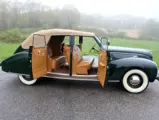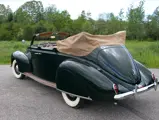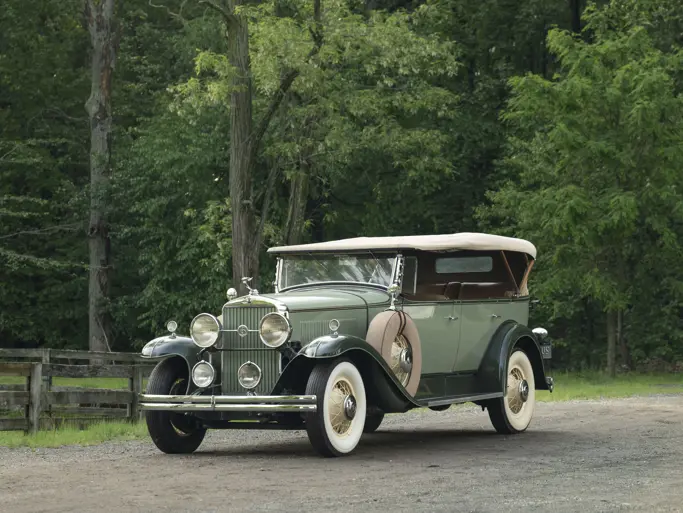110 bhp, 267.3 cu. in. L-head V-12 engine, three-speed manual transmission with Columbia two-speed axle, solid front axle and live rear axle with transverse semi-elliptic leaf springs, and four-wheel mechanical drum brakes. Wheelbase: 125"
• Extremely rare and desirable Zephyr convertible sedan
• Ground-breaking John Tjaarda and E.T. Gregorie styling
• Comprehensive older restoration to concours standard
• Meticulous mechanical re-commissioning
• Offered from the Estate of Eugene Beardslee
The Lincoln Motor Company made a dramatic announcement on November 2, 1935. A new model, called Lincoln-Zephyr, was unveiled to sell at $1,275 to $1,320, less than a third the price of the least expensive Model K Lincoln. For Lincoln, which had sold barely 1,400 cars for 1935, the Zephyr was a fresh breeze with its advanced design and sales success in the Depression-weary automobile doldrums.
The new car had been developed from designer John Tjaarda’s innovative Sterkenburg concept studies of the late 1920s. Smooth and streamlined, the Sterkenburg had a low frontal aspect and was designed for a rear-mounted engine. Edsel Ford became interested in Tjaarda’s work, and Briggs, one of Ford’s body suppliers, built a mockup that appeared at the 1934 Century of Progress exhibition in Chicago.
For the production version to be manufactured by Ford, the engine was moved to the front, but the advanced bridge-truss integral frame was retained. Since it was to carry the Lincoln name, a V-12 was specified, but instead of the big engine from the Model K, a 12 based on the venerable Ford flathead V-8 was developed. Initially sold as a four-door sedan or a two-door “Coupe-Sedan,” the Lincoln-Zephyr offered a “Zephyr-smooth ride with all the passengers cradled between the axles.” A division-window Town Limousine was added in April 1936, and for the model year nearly 15,000 Zephyrs were sold, while deliveries of big Lincolns hovered around the 1,500 mark.
A particularly sleek and handsome three-window coupe debuted for 1937, and the following year designer E.T. “Bob” Gregorie gave the car a new nose. The 1938 Lincoln-Zephyr was modestly restyled, with twin grilles placed in the forward end of the “catwalk” section of the fenders. Not merely a styling gimmick, this change markedly improved engine cooling. The vee-shaped nose was softened, and headlamps were made flush with the fender contours. Two new body styles were offered: the style 760 three-passenger convertible coupe and 740 five-passenger convertible sedan. The latter was unusual in that it retained the four-door’s smooth tail contour, whereas most convertible sedans had a bustle at the rear. Both debuted on October 23, 1937 and featured manually-operated, spring-assisted convertible tops. A five-passenger convertible coupe, style 760B, was added later in the year. Total production of the convertible sedan style was only 461 cars.
Eugene Beardslee was a very successful entrepreneur and businessman. For his second career, he was a renowned collector of Lincolns, with his quest for perfection epitomized by this Lincoln-Zephyr Convertible Sedan. A purist and perfectionist, he enjoyed the hunt for cars to add to his collection, then painstakingly oversaw their restoration, accepting no work that did not meet his exacting standards. This Lincoln-Zephyr was meticulously restored by the late Robert Turnquist’s Hibernia Auto Restorations in New Jersey. It is handsomely finished in Beetle Green, a 1938-only color, contrasting nicely with the tan top and matching leather interior. Despite being an older restoration, it has been fastidiously cared for during storage and recently thoroughly re-commissioned for the road, with fuel, braking and all mechanical systems cleaned and serviced, along with cosmetic detailing.
One of the most attractive cars of its era in all of its body styles, the Lincoln-Zephyr has a strong following today. As one of the more attractive and rarer styles (fewer than ten are known to survive), this car represents exceptional value.




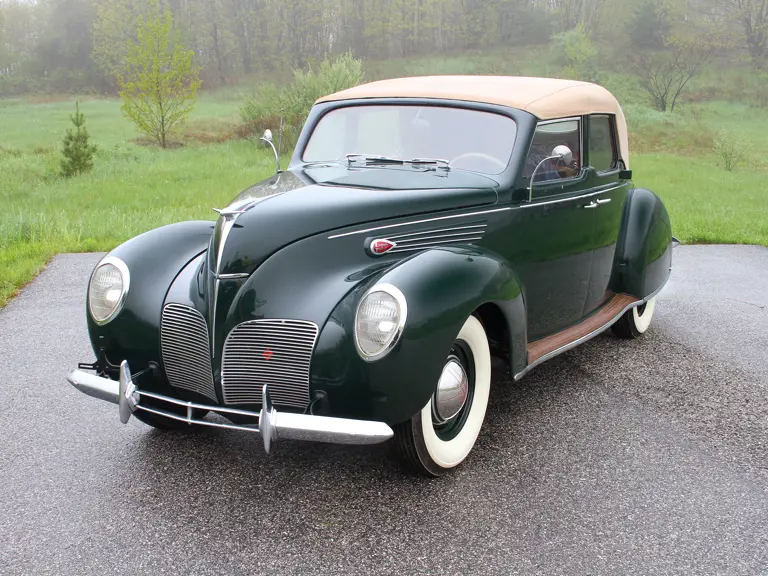

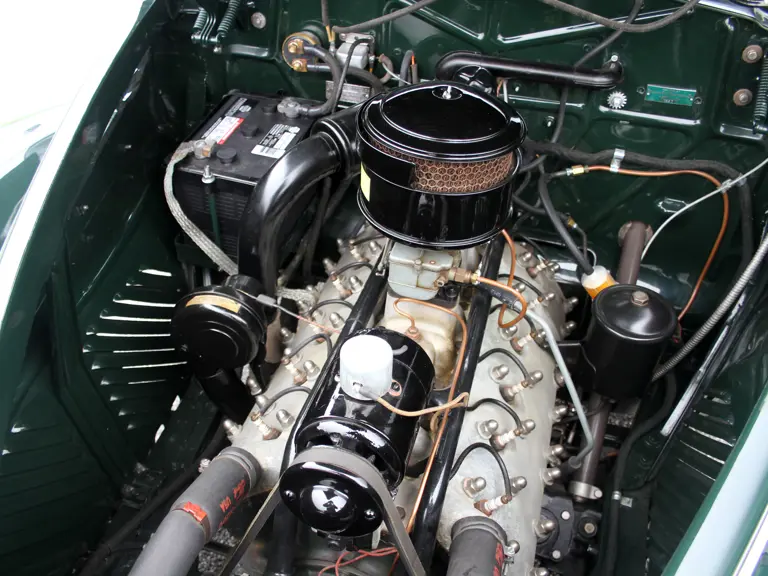





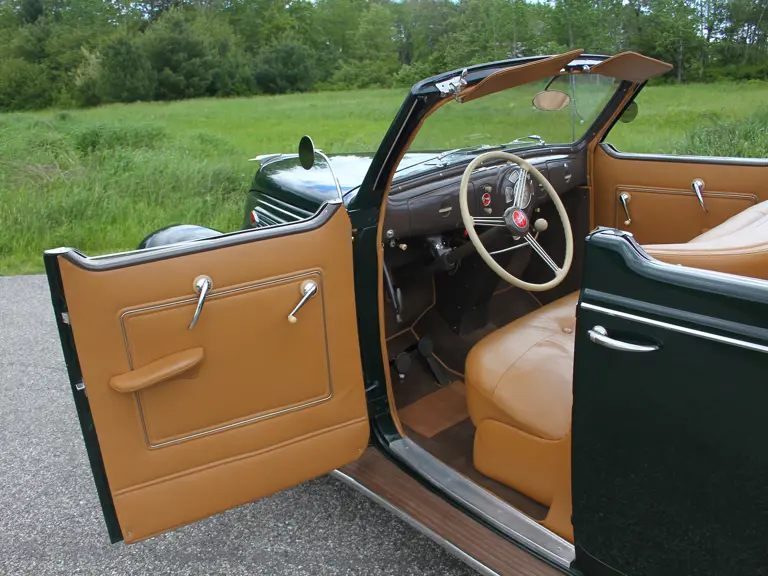
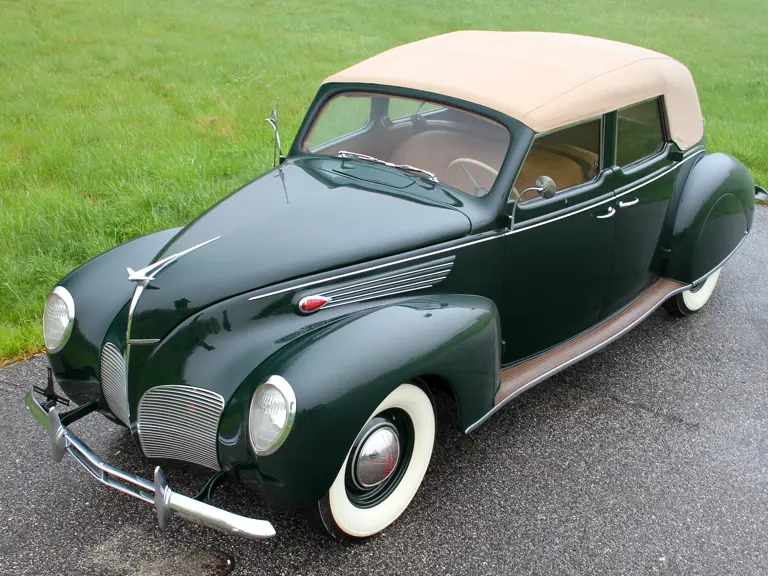












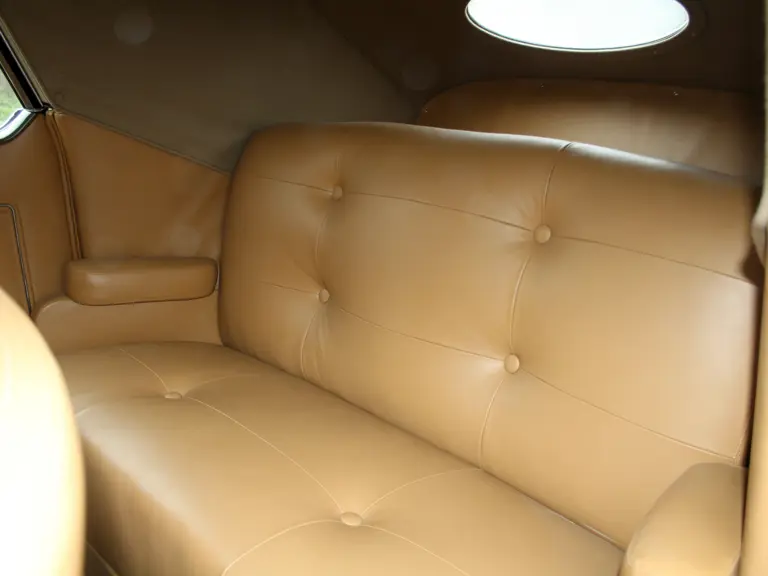




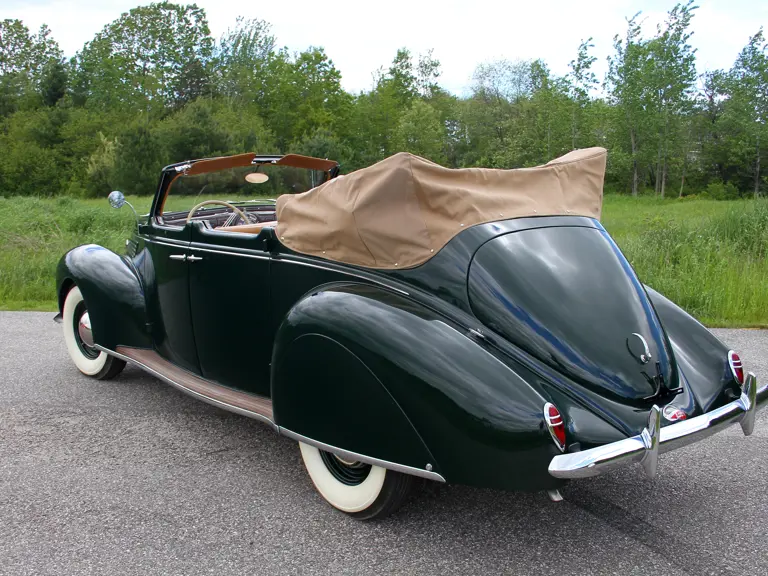
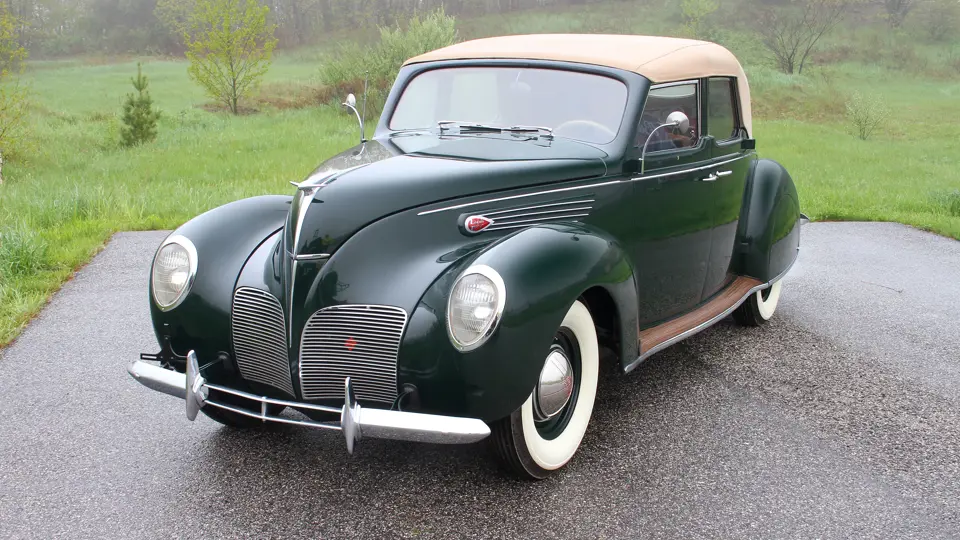
 | Amelia Island, Florida
| Amelia Island, Florida















